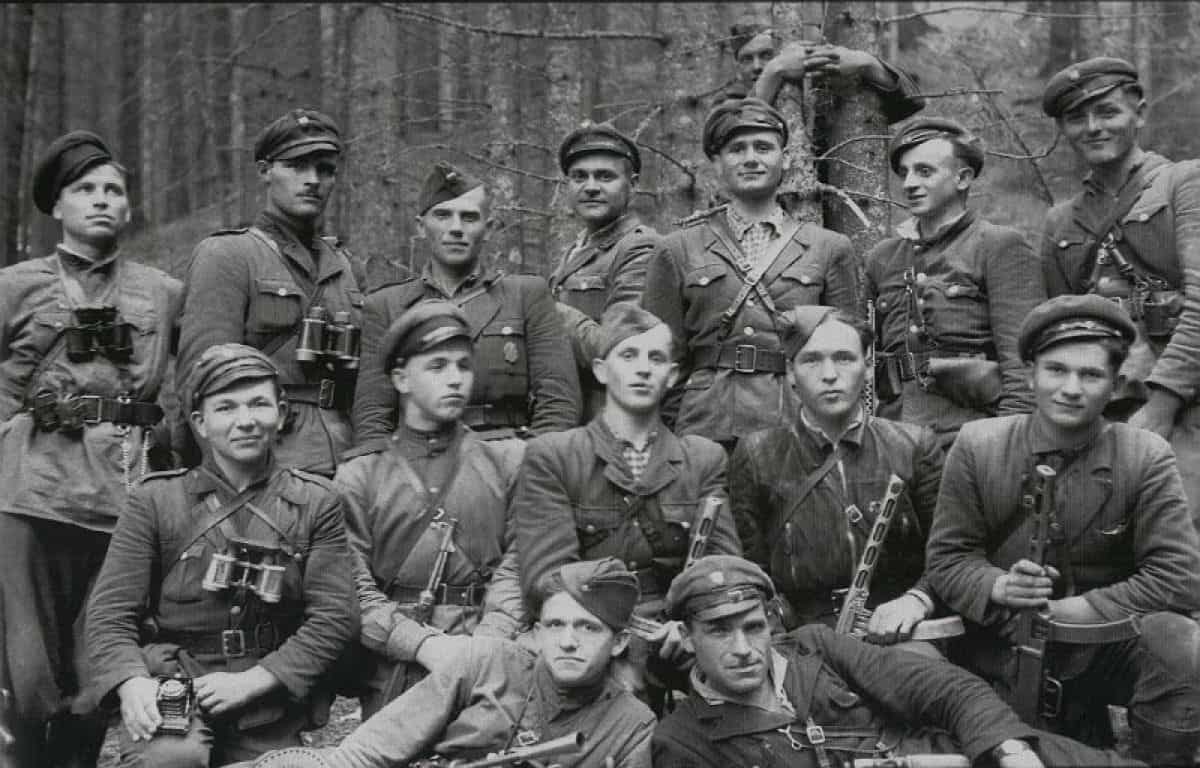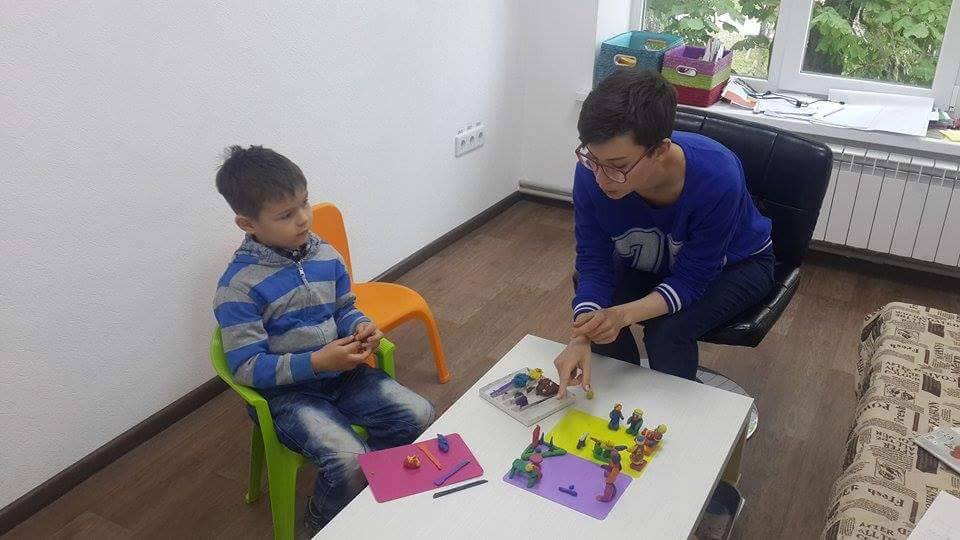Ukraine has been changing and undergoing a transition to democracy since 1991. However, political stability is necessary for the continued existence of a democratic state, but Ukraine cannot claim to have reached this level. Despite so many different protests, and namely the Revolution of Dignity, when Ukrainians united to defend their basic freedoms, Ukrainian society is still somewhat polarized - into western Ukraine and eastern Ukraine. This state of affairs is dangerous, because a country divided into several hostile camps does not evolve, but only defeats itself.
Conflicts and quarrels within Ukrainian society have simmered over the past few years for many different reasons, but mainly due to revelations about the crimes perpetrated by the communist regime, a creeping atmosphere of revanchism, annual celebrations of the anniversary of the Ukrainian Insurgent Army (UPA), and attempts to recognize the OUN-UPA struggle at the state level and give OUN-UPA members the status of war veterans. Of course, this is taken for granted in western Ukraine, but in the eastern regions, the campaign against the recognition of the Ukrainian resistance movement continues.
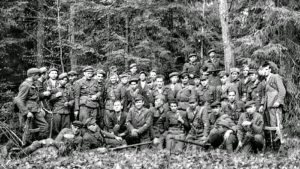
Myth No.1: The OUN and the UPA operated only in western Ukraine
In order to keep Ukraine within the USSR and suppress nationalist organizations, Soviet propaganda repeatedly underlined the fact that the UPA-OUN movement was created in nationalist Halychyna (Galicia) as an instrument against eastern Ukraine. Thus, Ukrainian society was divided into two warring camps: western and eastern Ukrainians. This was useful for the Soviet system, because a society divided into several camps is unable to mobilize and fight effectively for its independence. Moreover, communist propaganda constantly emphasized that nationalism was not characteristic of the inhabitants of the eastern regions.



Myth No.2: Only western Ukrainians took part in OUN and UPA movements
This myth was created for the same reasons as the first one. As mentioned above, people from the eastern regions of Ukraine contributed to the foundation of the OUN. If we analyze the contribution of eastern Ukrainians to the OUN-UPA liberation struggle, we would need several pages just to name all the figures of the national resistance movement who were born and raised in the Soviet-controlled territories of Ukraine. Why did eastern Ukrainians take part in the OUN and UPA? Simply because communist propaganda, Marxist-Leninist ideology, repressions and famines did not kill the spirit of freedom in these people; they refused to adopt the Soviet model, to renounce their family and clan or bow to the "mighty Soviet Union”. The reasons for this are obvious: nationalism continued to develop in conditions of rigid Soviet totalitarianism. It is clear that it did not spread as quickly or widely as in western Ukraine, but it grew and attracted more and more locals. Moreover, after 1939, eastern Ukrainians, particularly the young people - the most revolutionary group of society – had the opportunity of getting to know the life, customs, and habits of western Ukrainians.
“One Sunday, I went to Lychakiv Cemetery in Lviv to look at the graves of Ukrainian Sich Riflemen. And what did I see? In front of me, in carefully formed rows, lay concrete-covered well-kept graves with crosses; some of them had inscriptions and surnames, others just two letters - NN, that is, unknown fighters with “no names”. Fresh flowers lay on most graves. So, even during those harsh years of persecution, someone continued to lay flowers on the graves. I suddenly realized that the ideals that connect the dead with the living were still very much alive. It was a turning point in my life. I returned home and couldn’t find peace for a long time. I knew it was true, but for some reason the authorities wanted to wipe it all out. The “reds” don’t want anyone to know the truth, unless it fits into the Bolshevik framework. But, the truth should be known! I was upset and anxious, so I went to see Yuriy Stefanyk (son of the famous writer Vasyl Stefanyk), and he explained everything to me. Yuriy risked his life and gave me his memoirs about 1918 in Lviv and Halychyna. At that moment, I became a Ukrainian patriot. My heart and soul finally understood the language of the graves…”
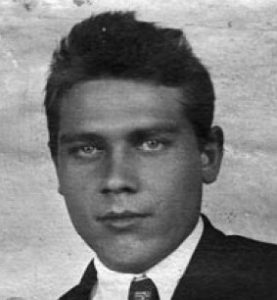
*In 1940 the OUN split into two parts. The older, more moderate members supported Andriy Melnyk and the OUN-M, while the younger and more radical members supported Stepan Bandera’s OUN-B. After the start of the Axis invasion of the Soviet Union on June 22, 1941 (Operation Barbarossa), the OUN-B - in the person of Yaroslav Stetsko - declared an independent Ukrainian state on June 30, 1941 in occupied Lviv, while the region was under the control of Nazi Germany. In response, the Nazi authorities suppressed the OUN leadership. In October 1942, the OUN-B established the Ukrainian Insurgent Army (UPA).


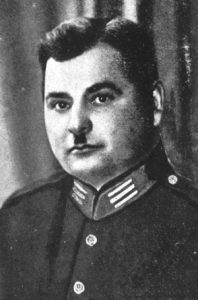

- 1942 - end of 1943. During this period, there were no official Red Army combat units in western Ukraine, but there were many Red Army soldiers, who had remained in western Ukraine for different reasons during the retreat of the Soviet armed forces. The UPA Supreme Command often appealed to them to join the national resistance movement. During this period, the following prominent commanders joined the UPA movement:


- end of 1943-1952. During this period, many OUN members from the eastern regions joined the UPA and the armed underground resistance movement. The Red Army returned to Ukraine in full force, followed by a repressive state apparatus, so the UPA underground formed combat groups and relocated to western Ukraine to continue the fight for freedom (some local OUN units remained in eastern Ukraine).
Myth No.3: The main goal of the UPA was to fight and eradicate the Red Army
This myth was created simultaneously with the myth of total collaboration of the OUN and UPA with Nazi Germany. However, despite instances of collaboration with the German occupying administration in order to consolidate the establishment of an independent Ukraine, if we analyze UPA battles and raids against the German troops, the question of constant and total collaboration should be dispelled. During the German occupation, the UPA conducted hundreds of raids on police stations and military convoys. According to German general Ernst August Kostring, UPA fighters “fought almost exclusively against German administrative agencies, the German police, and the SS in their quest to establish an independent Ukraine controlled by neither Moscow nor Germany”.
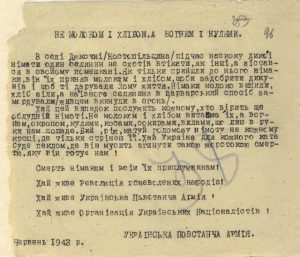
Conclusion
Thus, analyzing the three myths, we can draw certain conclusions. In many Ukrainian circles, the history of the OUN-UPA liberation struggle is still interpreted according to old Soviet clichés. Some, distorting the truth, will liken these movements to criminal bandit groups, while others look for something new in what has already been established. As a result, the attitude of eastern Ukrainians to the OUN-UPA has not changed so much. Literature about the OUN-UPA, which objectively reflects the picture of events, sometimes gets to the eastern regions but is seldom promoted through the media. In the long run, it is the East of Ukraine that needs to know more about the OUN and the UPA, and more particularly, specific information linking the eastern regions and their people to OUN-UPA activities. Here are some priority topics that can be further explored by historians and shared by different media:- participation of eastern Ukrainians in the OUN-UPA, their contribution to the fight for an independent and united Ukraine;
- Ukrainian nationalism in the Ukrainian SSR in the 1920s-1930s;
- the UPA and the Red Army;
- the activities of special NKVD units operating as disguised OUN-UPA groups;
- debunking the myth of total OUN-UPA collaboration with Nazi Germany, etc.
“The USSR will collapse, because it must collapse. An Independent and United Ukrainian State will emerge and will be consolidated, because it must be so. Not because we want this to happen, but because it will be a logical consequence and culmination of all the historical events, of social and political development and the revolutionary struggle in the East. It must be so!”

